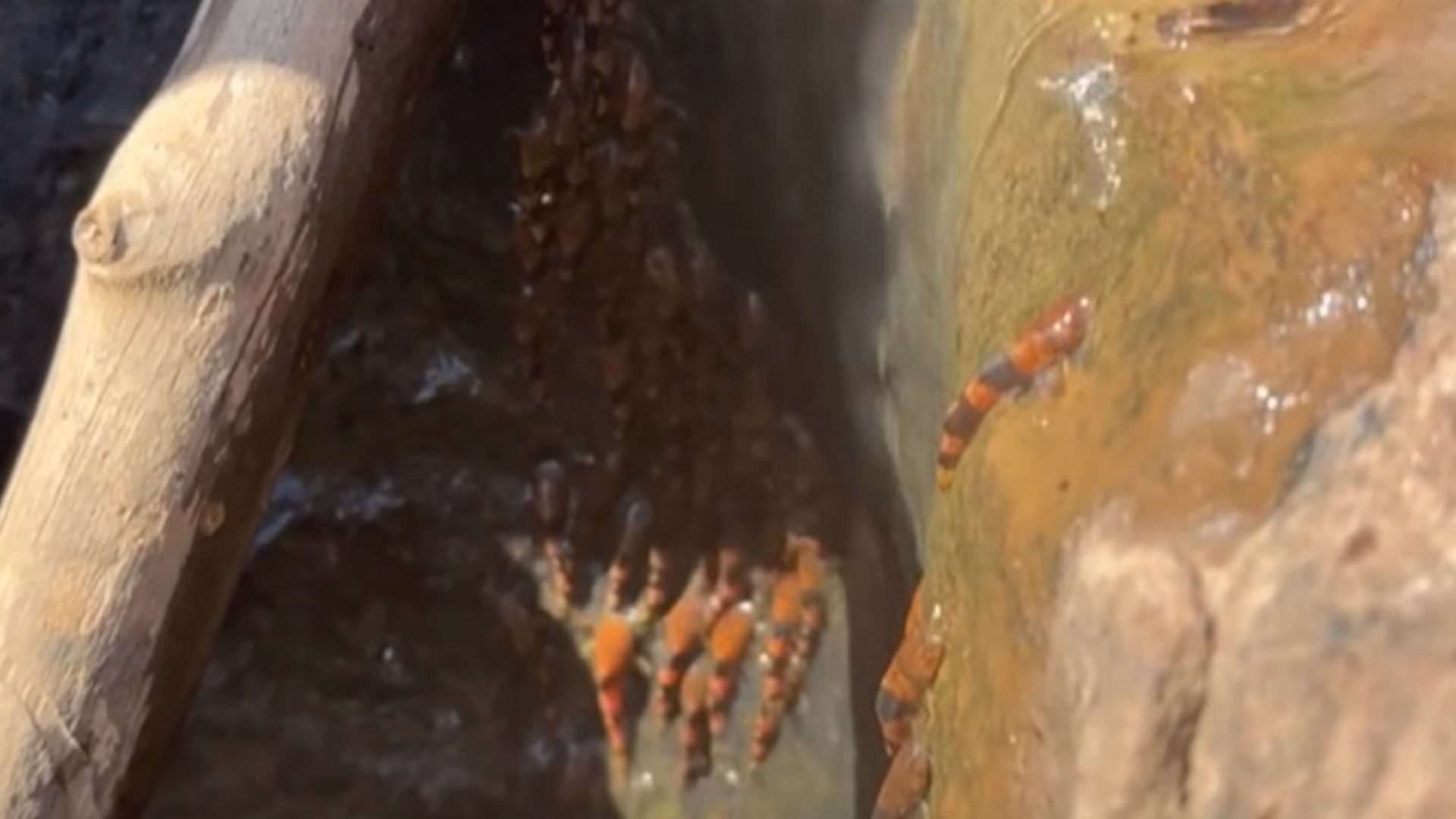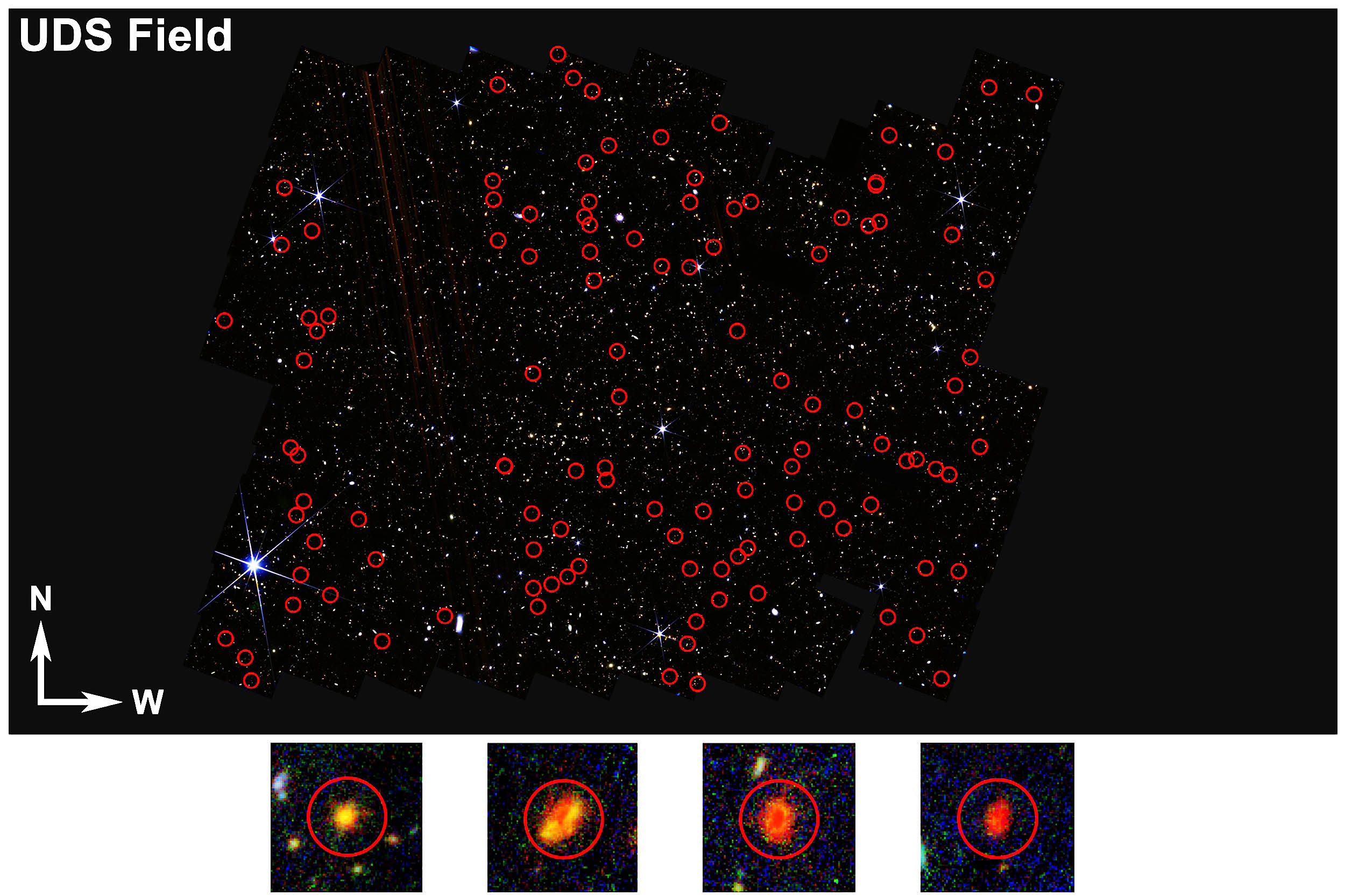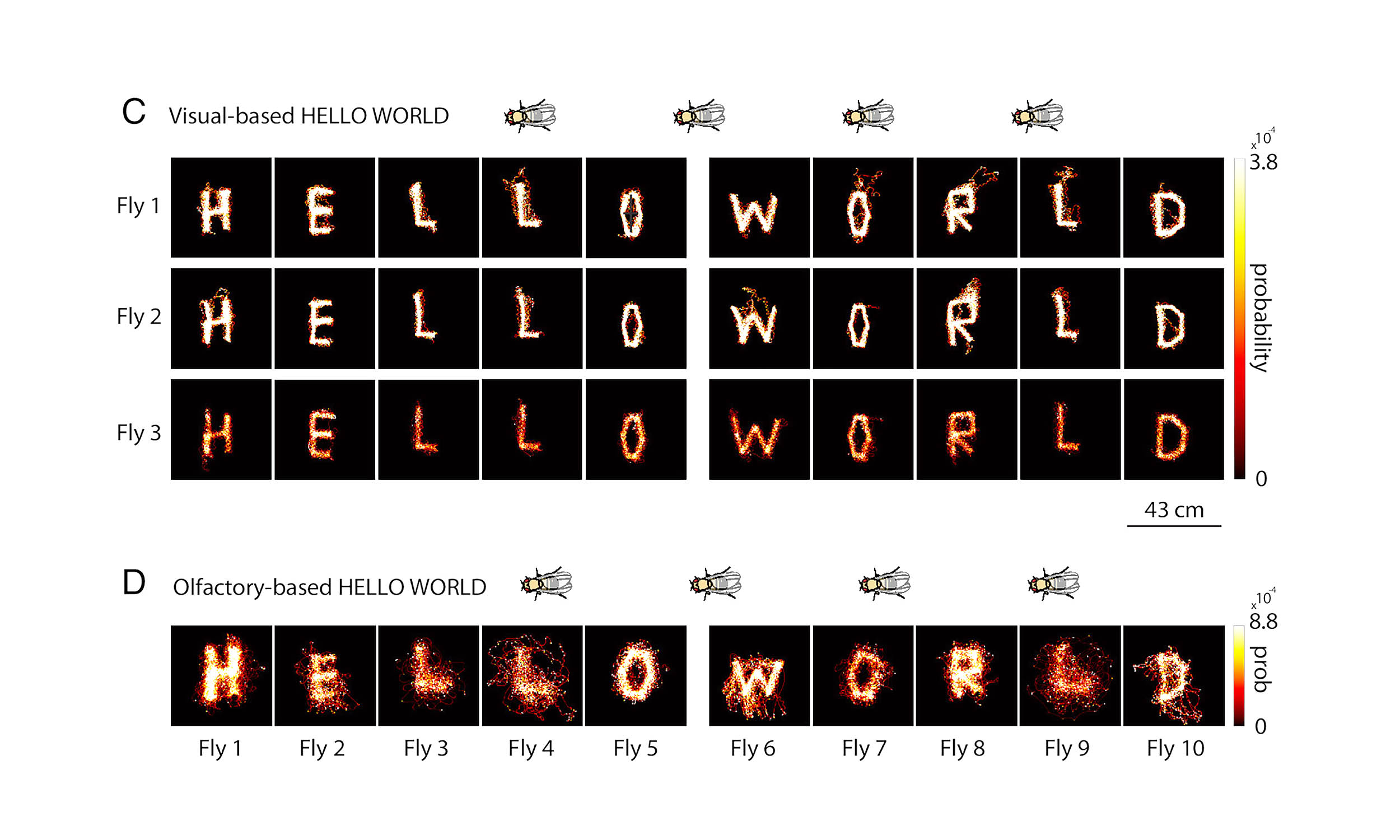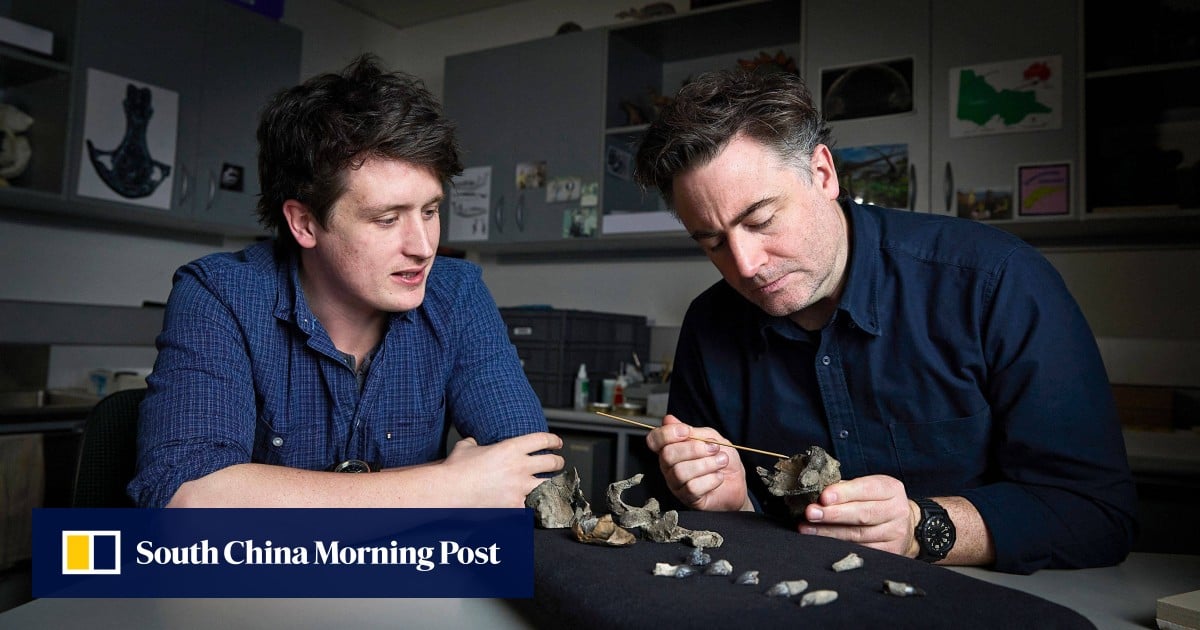76 Million-Year-Old Dinosaur Footprints Reveal Shocking Herd Behavior!

Imagine stepping into a world where dinosaurs roamed the earth, not just as solitary beasts but as part of a bustling community. An astonishing discovery at Dinosaur Provincial Park in Alberta, Canada, has just unveiled the first evidence of mixed-species herding behavior among dinosaurs, and it’s sparking excitement across the paleontological community!
Unearthed in July 2024, this extraordinary set of fossilized footprints was found at a UNESCO World Heritage Site, renowned for its rich deposits of prehistoric treasures. Despite the goldmine of skeletal remains that have been excavated over the years, actual dinosaur footprints and trackways are surprisingly rare — making this find even more remarkable.
In a study published in the journal PLOS One, researchers revealed that the newly named 'Skyline Tracksite' showcases several dinosaur species walking together approximately 76 million years ago. This incredible moment in time gives us a glimpse into the social lives of these magnificent creatures.
But there’s more! The study also uncovered a second set of tracks that runs perpendicular to the herd, attributed to two large tyrannosaurs. This discovery raises fascinating questions about predator-prey interactions, suggesting these apex predators were possibly stalking the herd, a chilling thought shared by co-author Dr. Phil Bell from the University of New England.
Dinosaur Provincial Park has been a hotspot for fossil discoveries for over a century, and it’s estimated that more than 50 dinosaur species, including fearsome tyrannosaurs, hadrosaurs, and ceratopsians, have been identified here. The newly discovered footprints add yet another layer of depth to our understanding of these prehistoric giants. “I’ve collected dinosaur bones in Dinosaur Provincial Park for nearly 20 years, but I’d never given footprints much thought,” Bell confessed, reflecting on the moment he first laid eyes on the rugged rock formation resembling mud squelched between toes.
To excavate this treasure trove, the research team utilized picks, trowels, and hammers to break apart the mudstone, alongside corn brooms, paintbrushes, and dustpans for cleaning. Their efforts unveiled 13 footprints from ceratopsians, suggesting at least five animals were moving together, while an ankylosaurid also appeared to mingle within the group. Fascinatingly, a solitary footprint from a small meat-eating dinosaur was also discovered.
Perhaps the most striking aspect of this find is the presence of two large tyrannosaur footprints moving side-by-side, suggesting a possible protective behavior from the herd against predators. However, researchers caution that more evidence is needed to confirm this intriguing notion.
Dr. Brian Pickles from the University of Reading expressed his exhilaration, stating, “It was incredibly exciting to be walking in the footsteps of dinosaurs 76 million years after they laid them down.” He also noted, “Using the new search images for these footprints, we have been able to discover several more tracksites within the varied terrain of the Park, which I am sure will tell us even more about how these fascinating creatures interacted with each other and behaved in their natural environment.”
With each new discovery, we draw closer to understanding the complex lives of these awe-inspiring beings that once roamed our planet.



















